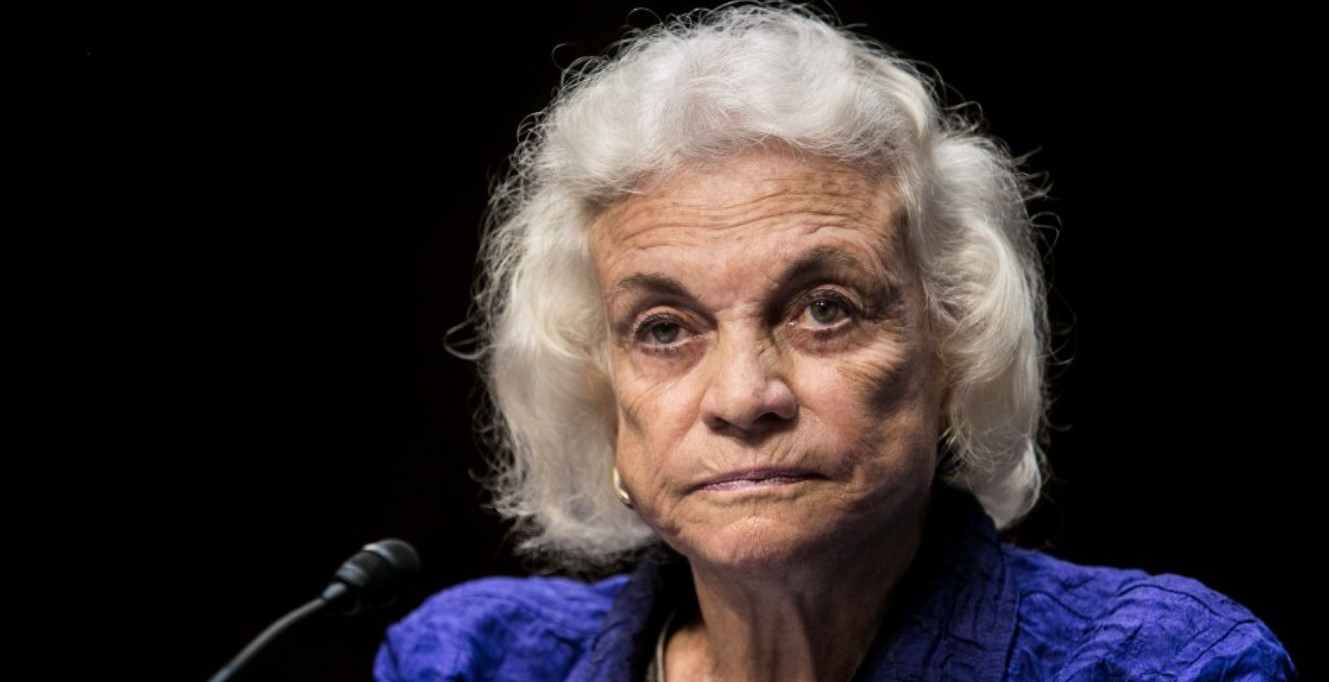What happened to Sandra Day O’Connor? The trailblazing judge and the first woman to be appointed as US Supreme Court Justice is reported dead aged 93. How she died, her career, fortune, and untold facts explored.
Sandra Day O’Connor was a prominent figure in the history of the US Legal Justice System who had a career as a judge that spanned decades.
O’Connor was the former Associate Justice of the Supreme Court of the United States and surprisingly, she was the first woman to ever hold such a prestigious title.
“As a young cowgirl from the Arizona desert, I never could have imagined that one day I would become the first woman justice on the U.S. Supreme Court,” she once said.
The trailblazing judge who wielded great influence, has died at age 93.
Here’s everything we know about Sandra Day O’Connor; her cause of death, achievements, career, net worth, and biography facts.

What was Sandra Day O’Connor’s cause of death?
Sandra Day O’Connor, the first female justice to serve in the Supreme Court, has died at age 93.
O’Connor died on Friday in Arizona due to complications related to advanced dementia, the court announced.
“A daughter of the American Southwest, Sandra Day O’Connor blazed an historic trail as our Nation’s first female justice,” Chief Justice John Roberts said.
“She met that challenge with undaunted determination, indisputable ability, and engaging candor.
“We at the Supreme Court mourn the loss of a beloved colleague, a fiercely independent defender of the rule of law, and an eloquent advocate for civics education.
“And we celebrate her enduring legacy as a true public servant and patriot.”
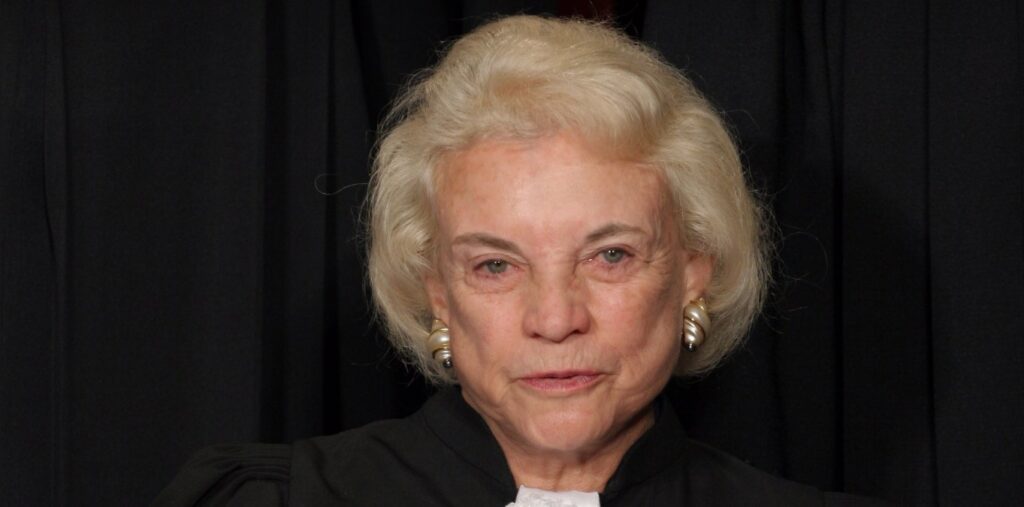
O’Connor withdrew from the public eye in 2018 after revealing that she had been diagnosed with the beginning stages of dementia, probably Alzheimer’s disease.
The justice wrote at the time: “As this condition has progressed, I am no longer able to participate in public life,”
“While the final chapter of my life with dementia may be trying, nothing has diminished my gratitude and deep appreciation for the countless blessings in my life,” O’Connor added.
“How fortunate I feel to be an American and to have been presented with the remarkable opportunities available to the citizens of our country.
“As a young cowgirl from the Arizona desert, I never could have imagined that one day I would become the first woman justice on the U.S. Supreme Court.”
O’Connor is survived by her three sons, Scott, Jay, and Brian, and six grandchildren.
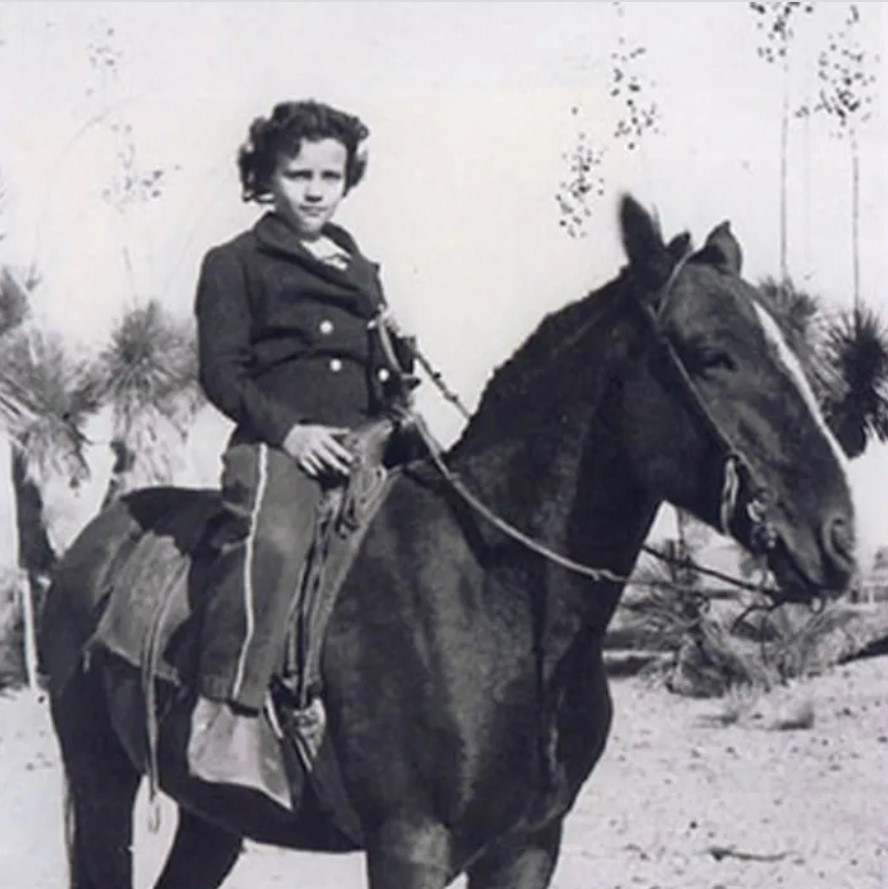
Who was Sandra Day O’Connor? She had a humble beginning
Sandra Day O’Connor made a name for herself as a successful American attorney, politician, and jurist.
She served as an associate justice of the Supreme Court of the United States from 1981 to 2006.
O’Connor was born on March 26, 1930, in El Paso, Texas, United States.
Her parents are Harry Alfred Day (father) and Ada Mae (Wilkey) (mother). Her dad was a rancher.
She was not an only child to her parents as she has two younger siblings who are respectively eight and ten years her junior. Her sister is Anna Day, who served in the Arizona Legislature, and her brother whom she co-wrote the book, H. Alan Day, Lazy B: Growing up on a Cattle Ranch in the American West (2002) with, about her childhood experiences on the ranch.
O’Connor grew up on her family’s cattle, known as the Lazy B Ranch in eastern Arizona. The ranch was nine miles from the nearest paved road.
Until she was seven years old, her family home had no running water or electricity.
Revered for her self-reliance and independence traits, as a young cowgirl, O’Connor branded cattle, drove tractors, and fired rifles in the Arizona desert.
She began driving as soon as she could see over the dashboard and had to learn to change flat tires herself.
She was admitted into Standford Law at the age of 16 and graduated from the prestigious university in two years rather than the standard three.
She met her husband, John Jay O’Connor, during her time in law school.
However, as she entered the legal field, O’Connor struggled to find a job because of her gender.
She only received one offer as a legal secretary at a Los Angeles law firm, which she turned down.
In 1957, O’Connor opened up her own private practice and, by 1965, worked as an assistant state attorney general in Arizona.
In 1969, she was selected to fill a vacancy in the Arizona State Senate.
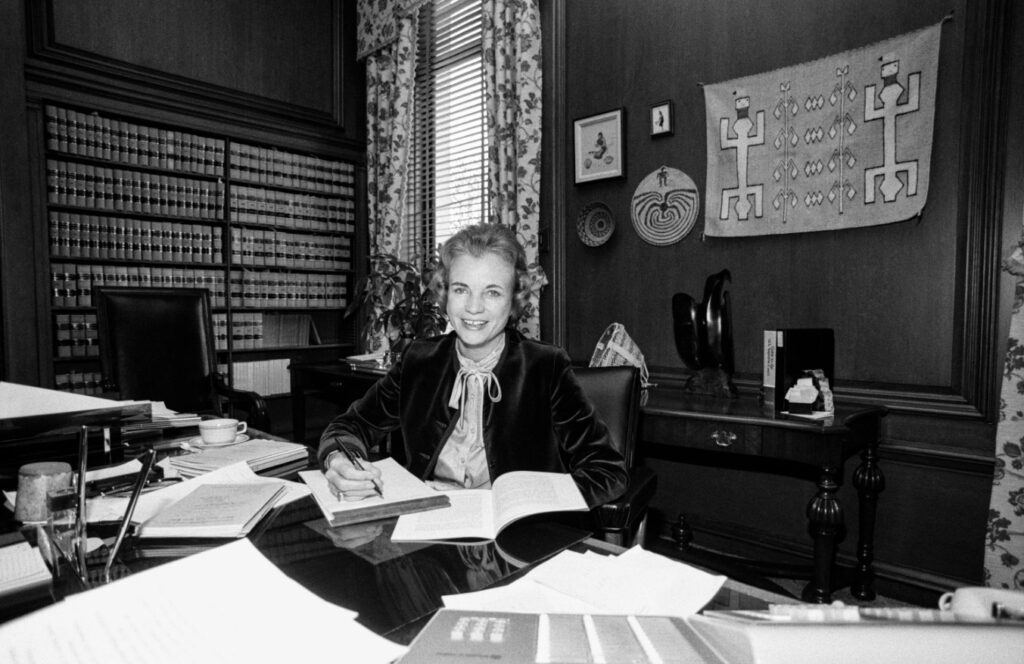
What was Sandra Day O’Connor’s career like?
O’Connor was appointed to the Supreme Court by former President Ronald Reagan in 1981, making history as the first woman justice in the highest court.
In her nomination, President Reagan called O’Connor “truly a person for all seasons, possessing those unique qualities of temperament, fairness, intellectual capacity, and devotion to the public good which have characterized the 101 brethren who have preceded her.”
She exerted great power in the court during critical periods in American history when the country was divided over polarizing issues such as abortion, voting rights, religion, sex discrimination, and affirmative action.
She was labeled a swing voter by many, as she was the deciding factor in several controversial cases.
The court was often called the O’Connor Court during her tenure.
A rival of abortion at first, O’Connor shocked the nation when she cast the decisive vote in 1992 to uphold the court’s 1973 Roe s. Wade decision, which made abortion legal nationwide.
One of her most influential roles came in 2000 during the Bush v. Gore case, where she sided with justices Anthony Kennedy, William Rehnquist, Antonin Scalia, and Clarence Thomas in a decision that paved the way to George W. Bush’s 2000 presidential election victory.
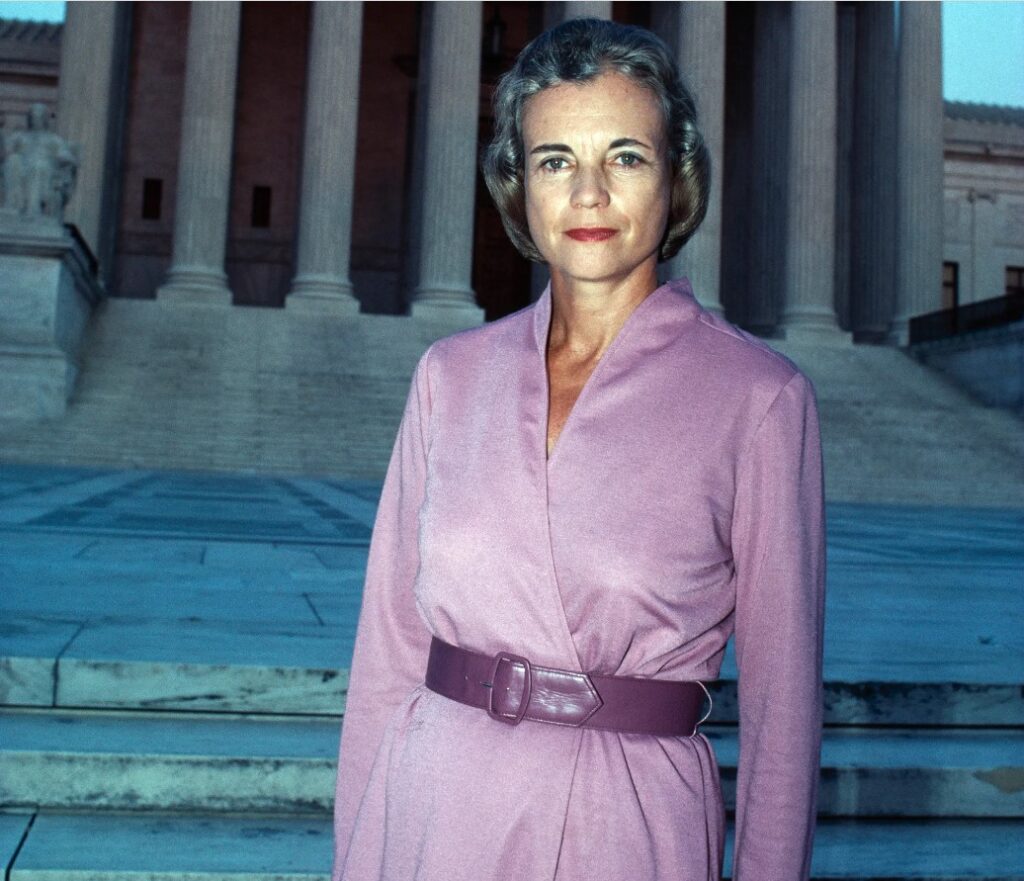
O’Connor paved the way for a generation of female lawyers, inspiring the five women, Ruth Bader Ginsburg, Sonia Sotomayor, Elena Kagan, Amy Coney Barrett, and Ketanji Brown Jackson, who served after her nomination on the high court.
After serving 24 years in the high court, O’Connor retired in January 2006 to care for her ailing husband.
In 2009, former President Barack Obama awarded O’Connor with the Presidential Medal of Freedom, the nation’s highest civilian honor.
“A judge and Arizona legislator, cancer survivor, child of the Texas plains, Sandra Day O’Connor is like the pilgrim in the poem she sometimes quotes, who has forged a new trail and built a bridge behind her for all young women to follow,” President Obama said at the time.

What was Sandra Day O’Connor’s net worth?
The late law pathbreaker who had an immense influence on women accumulated an impressive fortune before he passed away.
Sandra Day O’Connor, the former Associate Justice of the Supreme Court of the United States, died a millionaire and had a staggering net worth of at least $8 million, per CelebrityNetWorth.
She accrued her money from her work as an American attorney, politician, and juris.
